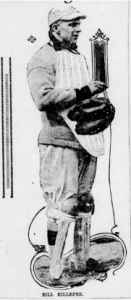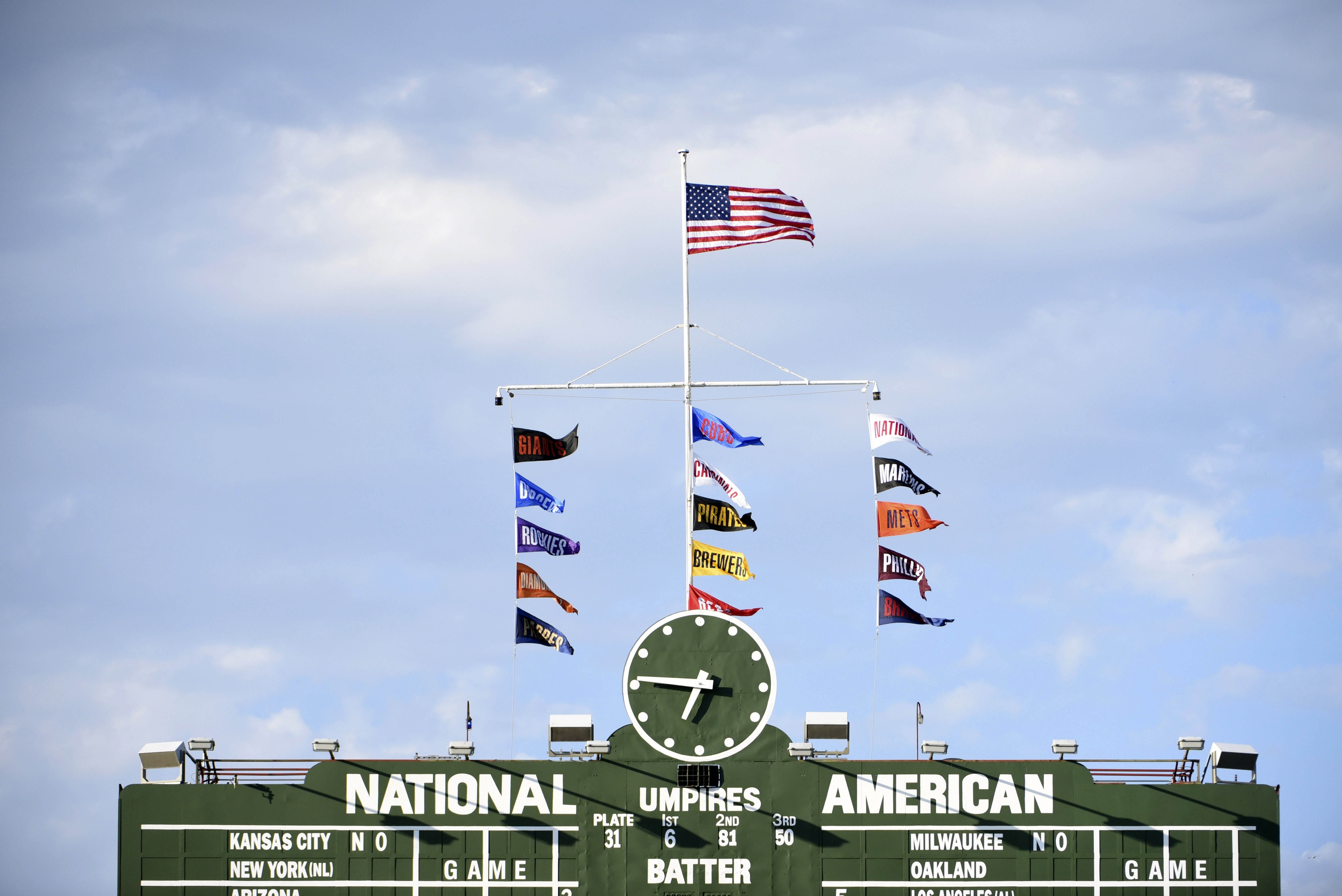“Weeghman, Weeghman, Federal man
Make me a contract as fast as you can,
Pad it and sign it and mark it O.K.
And I’ll go to the majors and ask for more pay.”
It’s no secret that Theo Epstein has been enamoured by Anthony Rizzo for the entirety of Rizzo’s career, first drafting him with the Red Sox, and then acquiring him from the Padres almost immediately after joining the Cubs. But this is not the first such relationship in Cubs history, and it may not even be the most impactful. Almost 100 years before the Theo-Rizzo relationship was the Killefer-Weeghman one, and it was so powerful and enduring it altered the course of the Cubs forever.
By the early 1910s, the National League and American Association had created a monopoly on baseball talent and resources, restricting other leagues to minor-league roles. However, the Federal League, created in 1913 as a 6-team minor league, but added two more teams and became a professional league in 1914. Because the league did not operate under the reserve clause as did the other two, it was able to lure big stars who wanted freedom of choice of team for which to play. Among those who signed with the FL were Joe Tinker, Three Finger Brown, and Hal Chase. The league continued to sign away big stars in 1915, but eventually reached a buyout deal with major league baseball at the end of the 1915 season.
Central to this story is Charles Weeghman, who owned the Chicago Whalers of the Federal League. He had previously tried to buy a professional team, but had been turned down, and so he became quite passionate about creating a lasting Federal League. He created a new ballpark for this team, Weeghman P ark, and set up the Whalers as a premier team. In 1914, he signed catcher BIll Killefer to the team, believing he would anchor the offense and pitching staff. But Killefer suddenly received more money from the Phillies, and signed a three-year contract with the NL team.
ark, and set up the Whalers as a premier team. In 1914, he signed catcher BIll Killefer to the team, believing he would anchor the offense and pitching staff. But Killefer suddenly received more money from the Phillies, and signed a three-year contract with the NL team.
When Major League Baseball approached the Federal League after the 1915 season stripped it of more prominent names, Weeghman assumed a prominent role in the talks, representing the FL. All three leagues had begun suffering financially as the baseball market could not support this plurality and numerous fans, torn between rooting for their team or the new one that now contained their favorite player, abstained from supporting any league. Further, scheduling complications that placed two games in the same city at the same time diminished attendance for all teams in the three leagues. No owner believed he could extract a profit from his team if this arrangement continued.
After several months of negotiations, the sides reached agreement to buy out the Federal League, offering monetary compensation to each of the owners. With respect to the players, all blacklisted players who violated the reserve clause would be sent back to their original teams, and all other Federal League players were open to acquisition by the NL and AA.1 The negotiations seemed doomed until Ban Johnson, representing the NL and AA offered Weeghman the opportunity to purchase the Chicago Cubs. Weeghman eagerly accepted this offer and all other conditions of the buyout, thrilled to continue his career in baseball.
Weeghman transferred 17 Whalers players to the Cubs roster for the 1916 season, making the Cubs the only team to be comprised primarily of FL players. He quickly entered into a dispute with his catcher/manager Roger Bresnahan, who threatened to exact legal action on Weeghman if he did not allow the player to move to the White Sox. Weeghman acquiesced, spurring newspapers to label him an ineffective, weak owner.2 However, this move proved costly, as the Cubs finished fifth in the NL at a disastrous 67-86, losing 6 more games than the previous year’s team.
The following offseason, still reeling from Killefer’s rejection of him, Weeghman became fixated on acquiring big-name players, believing they would attract fans to the team that was currently depleted of starpower. He first went after Rogers Hornsby, offering the Cardinals $75,000 for him, and then Charlie Herzog, but both clubs denied the sale, wishing to retain their stars.3 Owners grew wary of Weeghman for conducting his business through newspapers and charging him with “injuring baseball” by tampering with players this way.4 As a result, owners refused to interact with him concerning any baseball matter.
By this time, Weeghman’s sandwich business began to suffer, and he was forced to sell the majority of his shares to his co-owner, Bill Wrigley. Weeghman made one last effort to prevent his legacy from being one of failure. After several years, he finally managed to talk the Phillies into selling him Bill Killefer for $50,000. Killefer had never been a particularly adequate player, however, and he was hardly worth the $50,000 Weeghman paid for him. Indeed, the move proved so disastrous, it forced Weeghman to cede full control to Wrigley and leave baseball for good.
Weeghman’s Moby Dick tale may have left him in ruin, but it established the groundwork for the Cubs’ future success. Weeghman Park was far superior to the Cubs’ old field, and under Wrigley’s ownership, the Cubs built up a large, permanent fanbase and became the premier team of innovation. Without Weeghman and his obsession with Killefer, the Cubs of today would likely be unrecognizable.
1 The Tennessean, December 16, 1915.
2 Indianapolis Star, March 1, 1916.
3 Star-Gazette, December 28, 1917.
4Pittsburgh Press, January 20, 1918.
5 Daily Standard, March 18, 1966.
